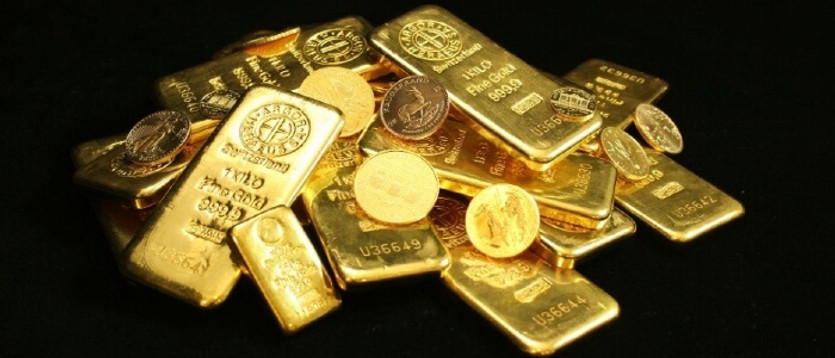Gold is one of the world's most valuable assets. This noble metal with a rich history, has been used since ancient times in the manufacture of jewelry and as a universal currency, and in the modern world it is still popular as a safety capital. However, let's look at its current uses, the factors that influence its value and, finally, how to trade gold.
What is gold and what is it used for?
Gold is a noble metal that has been consistently sought after for thousands of years of human history for its aesthetic qualities, ease of processing, and scarcity due to its natural rarity. In today's world, it plays a huge role in different spheres of our life from the jewelry manufacture to technology. In addition, gold has always been used as a means of payment and as a protective asset for savings. This is due to the position of gold on the market, its value remaining unchanged even in times of destabilization.
The history of turning gold into assets
For thousands of years, people have valued this precious metal. The world's most famous civilisations have used it as currency in trade transactions. From the end of the 19th century until the outbreak of World War I, currencies were pegged to a certain amount of gold. After World War II, most of the world's major economies operated under a financial system based on a fixed price for the metal, which in turn was pegged to the United States dollar. Although gold is no longer the official currency, the exchange price of gold remains a very influential element in financial markets and world economies.
What determines the price of gold
There are some key factors that make gold a particular valuable metal and asset These are the main factors influencing the formation of prices:
- Stability
Gold is widely regarded as a security asset, as it is the main financial base on which the world's currencies rely. Its value tends to rise in turbulent times, because in such times it is used by national leaders and as a means of protection against economic or political uncertainty.
- Supply and demand
Excessive demand leads to an increase in cost. This is also true for most assets, but with one caveat: the offer must be permanent.
- National Banks
National banks of countries with developed economies control most of the gold reserves on the planet. As a result, these financial institutions have a high ability to set prices on the world market of precious metals.
- Exchange traded funds
Most often, Exchange-traded funds only reflect the price of gold, but do not affect it. However, many of the large funds store significant reserves of the precious metal.
Correlation of gold with currencies
The correlation between the metal and the dollar remains the most important factor in price formation. Thus, when the value of the dollar falls, world gold prices rise. We should not forget about the metal's trade relations with the North American currency. The USA is a major producer of gold. such as, such as Pacific Precious Metals in SF Bay Area. Thus, due to the rise in gold prices, it becomes more expensive for other countries as well. This leads to a decrease in demand, investors withdraw funds from dollar assets and invest in the precious metal, which is considered as an alternative valuable asset. Thus, the end result is that the value of the currency decreases, and gold becomes more expensive.
How to trade in gold
There are several ways to trade gold. The metal can be purchased physically in coins or bars, or you can trade gold using exchange-traded contracts in the commodities market or through ETFs.
In order to sum it up for you, precious metal may be of interest to traders for reasons of demand for a security that retains its value in times of political or economic instability; also in order to take advantage of a weak US dollar and insure against inflation and, of course, to maintain a portfolio of goods, securities and other assets. Therefore, it is definitely worth thinking about starting to invest in gold right now.





